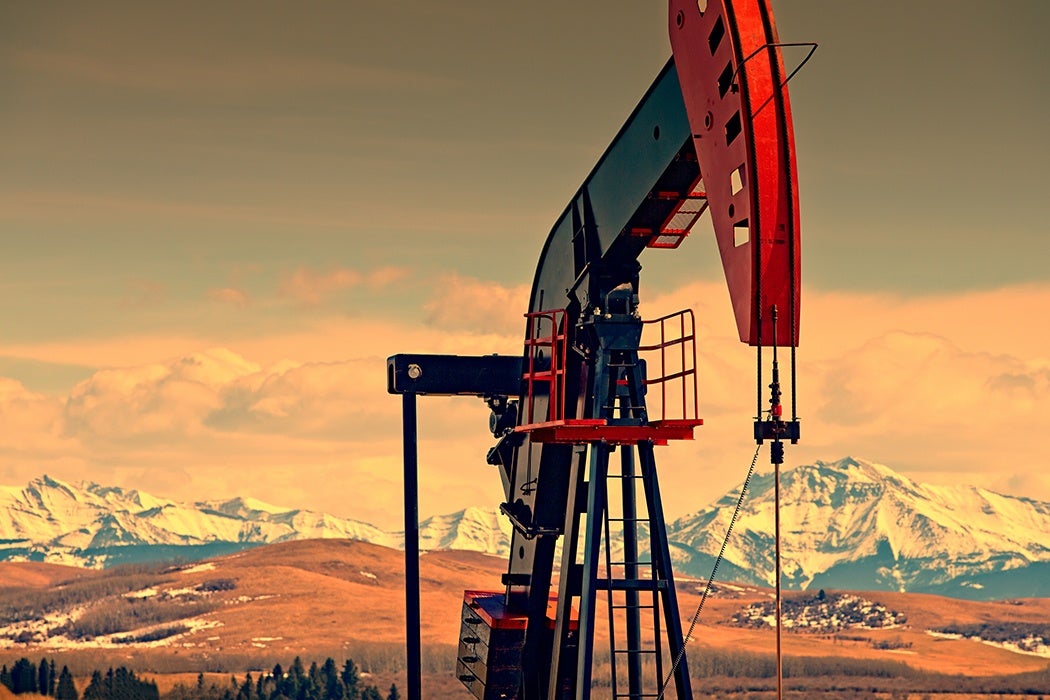Russia is one of the world’s hydrocarbon superpowers, rich in coal, oil, and natural gas. The autocratic state’s economic and political power relies heavily on these natural resources. This history goes back to the early nineteenth century, when the Tsarist empire began conquering the Caucasus and Transcaucasian regions, capturing the oil-rich Baku region from the Persians.
Russian oil production boomed after the 1870s, and by 1900 Russia was the world’s leading producer. After 1917, the cash-strapped Bolsheviks, who had nationalized production, sold as much as they could from facilities devastated by the civil war. They imported American and European capital and technology to do so. American companies purchased Russian oil for distribution in third countries, even though the U.S. did not recognize the Bolshevik state. The allied period of World War II, however, saw official cooperation. Then, in the early 1970s, after the coldest period of the Cold War, U.S. banks and energy companies began to invest in the Soviet oil and gas sector again. This has continued into the post-Soviet era.
For a long time the story has been about technology and money flowing into Russia, oil and gas flowing out. But as Hans Schindler tells us, the Russians did create a famous distillate of oil that dominated the market for decades. White mineral oil, or white oil, is a mixture of pure hydrocarbons with many uses in pharmaceutical and cosmetic products. (As a reminder: because of the remarkable chemistry of the long-chain hydrocarbons that make up crude oil, it can be turned into everything from fertilizers to fabrics, fuels to plastics, explosives to candle wax.)
White oil is similar to petrolatum, which is better known by its brand name, Vaseline, a jellied mixture of solid and liquid hydrocarbons first manufactured out of Pennsylvania crude oil in 1872. Vaseline took the pharmaceutical world by storm after the 1876 Centennial Exposition, so much so that “Vaseline” is now virtually a generic name for petroleum jelly.
Attempting to make their own Vaseline, but with a chemically different kind of oil, Russian engineers instead produced the odorless, colorless, and tasteless white oil. It was similar to Vaseline (and was known as Vaseline Oil in Europe), but Russian Oil (as it was originally called in the U.S.) was an even bigger hit in industry.
White oil is still made and goes into baby oil, laxatives, and perfumes, among other things. Considered “food-safe,” it’s used as a lubricant on food-production lines and as a plasticizer. In fact, its main use today is in plastics manufacturing. You can thank the organic chemists and oil refiners of Baku for even the plastic wrapped around your vegetables in the supermarket.







